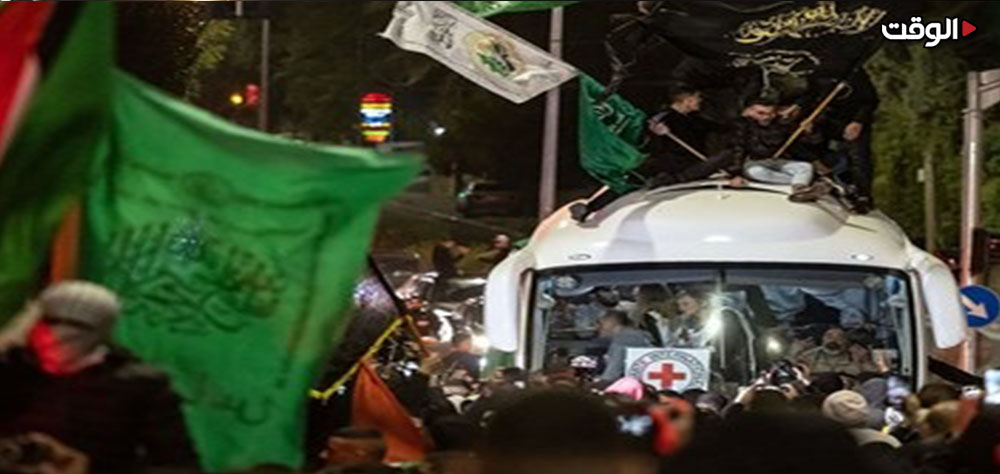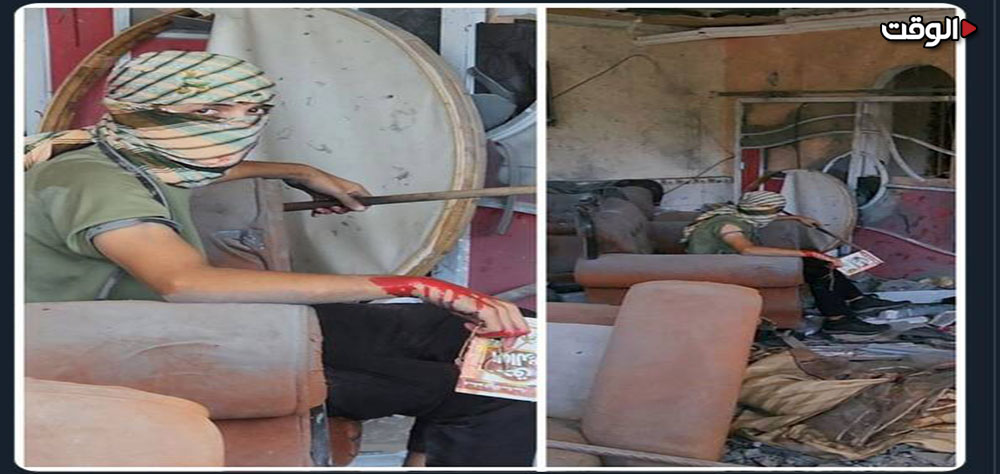Alwaght- The end of December can mark for Iraqi people and political history a decisive turning point as the American occupation forces are scheduled to leave the country according to an agreement between Baghdad and Washington. This comes as over the past few years, the issue of the withdrawal of US troops from Iraq has become the leading demand of the vast majority of Iraqi citizens, and political forces in the parliament demanded the withdrawal under "foreign forces expulsion bill" on behalf of the people.
Despite the approval of the withdrawal draft bill on January 5, 2020, on the one hand, the Americans came up with various excuses for their stay and on the other hand, Iraqi Prime Minister Mustafa al-Kadhimi took a lenient approach and showed a lack of will to implement the law. However, in the new conditions, the demands for exit are an inevitable reality.
Despite the fact that the end of this year is set as the date for the final withdrawal of US troops from Iraq, General Frank Mackenzie, the chief of US Central Command (CENTCOM), recently said that despite the official announcement of the end of the foreign combat mission, Washington will keep 2,500 troops in Iraq. According to him, despite the fact that the role of US forces has become non-combat, the Americans will continue to provide air support and other military assistance to Iraq in the fight against the terrorist group ISIS.
Responding to the remarks, the Iraqi Joint Operations Command said in a statement: "The International Coalition's combat forces will leave Iraq in full before the end of this month, and we deny reports by some media outlets that these forces remain. Most of these forces have practically left the country, and the remaining troops will leave in the coming days, leaving only a group of advisors to support our heroic security forces in the country."
But in addition to the statement from the Joint Operations Command, anti-American forces have also stressed the need to expel foreign troops on time— an issue raising the possibility of a recurrence of encounters between the US and Iraqi anti-occupation sides.
Meanwhile, with the escalation of ISIS attacks in areas in the heart of territorial dispute between Baghdad and the Kurdish region's capital Erbil, a complex and multifaceted scenario seems to have been planned to eliminate Popular Mobilization Forces (PMF), as the face of anti-occupation agenda, and keep the Americans in Iraq.
Staging ISIS attacks: Efforts to take out PMF and keep forces in Iraq
In the past few weeks and as the US withdrawal due time nears, ISIS suspiciously and unprecedentedly stepped up its assaults and activities in the "disputed areas"
In the past few weeks, ISIS sleeper cells have carried out unprecedented number of attacks in the northern regions of Kirkuk and Nineveh provinces. According to reports, the 126th Kurdish Peshmerga Brigade base on the Kirkuk-Erbil border was attacked in recent days, during which 7 were killed and 5 others were injured.
During this time, ISIS fighters attacked Peshmerga's Fifth Brigade base near the Kalajo village in the Kurdish province of Sulaimaniyah, killing more than five Peshmerga forces and wounding five others. Also, according to field sources, four Kurdish Peshmerga forces were killed and seven others were wounded in a terrorist ambush, near the village of Qara Salem in the Altun Kupri district. In other attacks, ISIS elements raided a house in the village of Khadrijjeh in the Qara Chukh Mountains, killing 13 civilians show of capability to flex muscles.
The anti-Peshmerga attacks come as the US forces are to leave Iraq by end of December. The escalation of ISIS attacks at this stage serves, on the one hand, the US effort to stay in Iraq under the pretext of fighting terrorism, and on the other hand, the Kurdistan Regional Government (KRG), which is deeply concerned about the US withdrawal, and seems to be raising the ISIS threat to bid for American stay.
But along with the escalating ISIS attacks, some Iraqi political and media circles close to the US and Arab lobbies raise disarming resistant anti-terror groups acting under the PMF . The PMF disarmament was persistently pursued by Washington and its Iraqi minions, only to end in failure each time. Seeing their plans to remain Iraq failing, the Americans seem to have embarked on a new plan whose main feature is isolating and even dismantling the PMF on the military and political stages, hoping this plot would give them a leeway to intervene freely in the Iraqi politics.
A scenario: No US exit and intensification of crisis in near future
The intensified attacks in Kirkuk and Nineveh provinces are very likely a scenario designed by the US, and assisted by the Kurdish leaders and some allies in Baghdad, to repeat the past insecurity and justify push for military stay. As part of this scenario, a new round of Peshmerga operations can start in the disputed regions.
All these possibilities have one thing to say: Recent ISIS activities and attacks are pre-planned to justify the American military personnel presence in Iraq. But this scheme was born dead and cannot bring any good to Washington and its allies in Iraqi government. If pushed forward, the scenario can produce intensive crisis in the country.



























